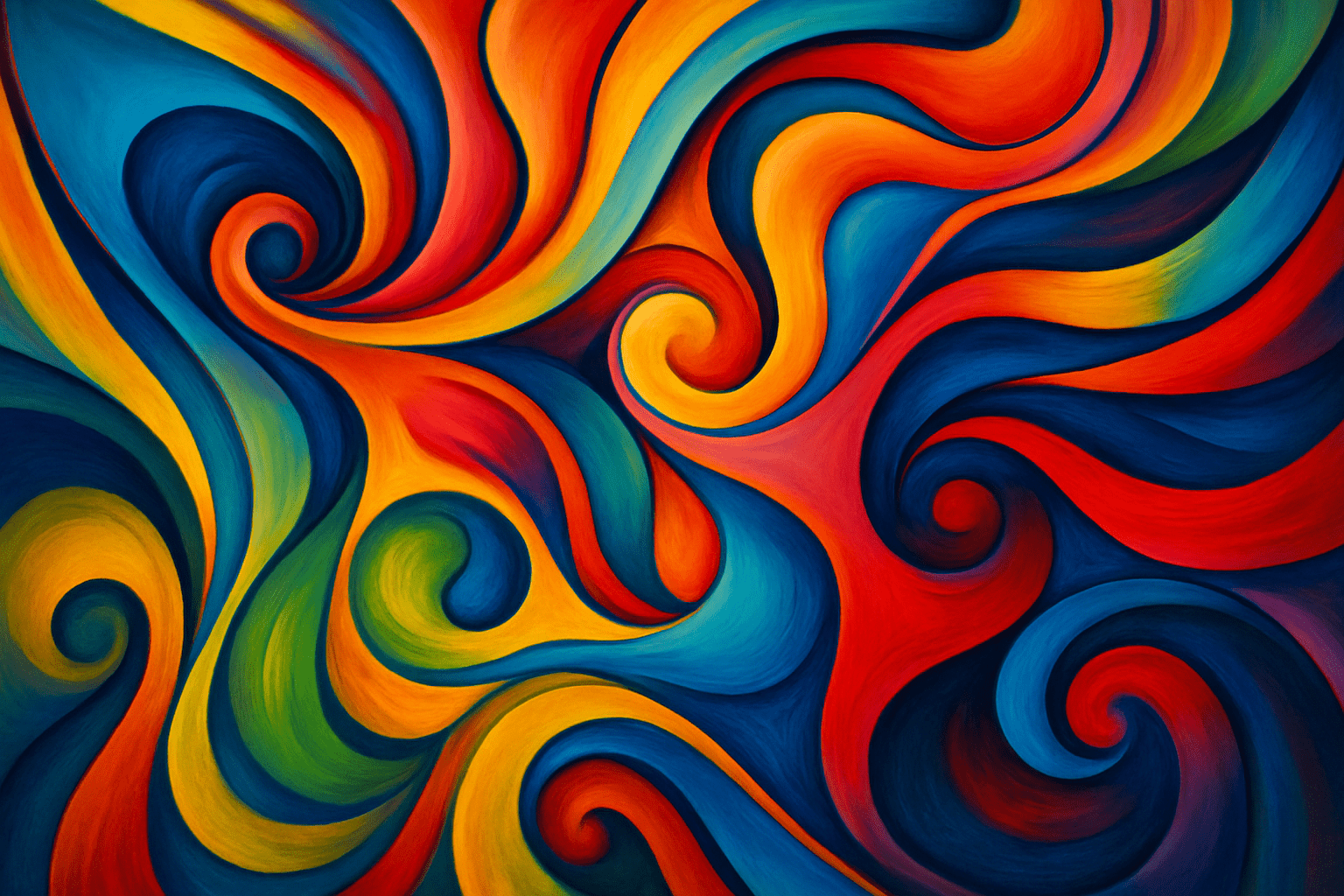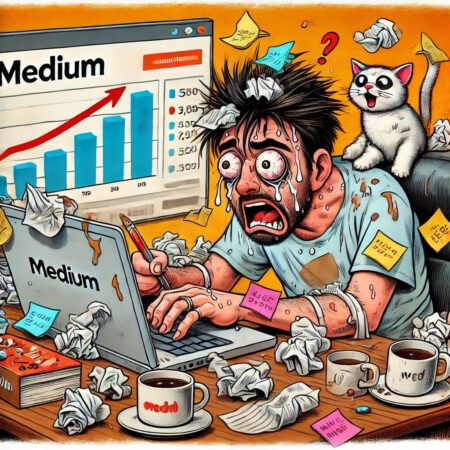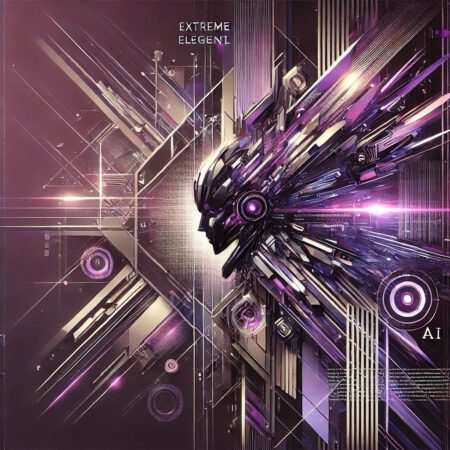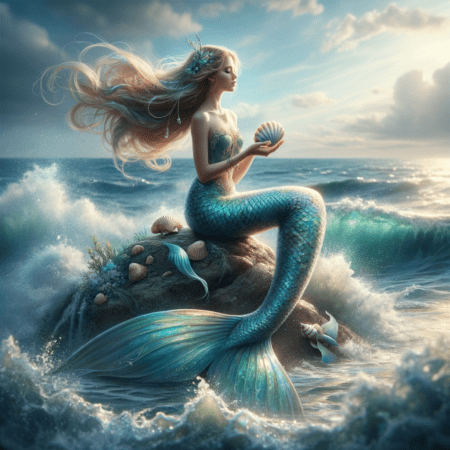
Ancient Art of China
The ancient art of China is characterized by its strong brush strokes, simple yet elegant designs, and its muted colors. The art style is often compared to calligraphy, as it has a similar focus on line work and composition.
AOI thinking about Ancient Art of China [+_~]-/
Overview and Quickfacts
Ancient Chinese art is characterized by its distinctive style and rich history. Chinese art is renowned for its intricate detail, and its unique ability to convey emotion and meaning. Ancient Chinese artists were highly skilled in a variety of mediums, including painting, sculpture, and calligraphy. Chinese art is often characterized by its use of symbolism and metaphor. Ancient Chinese artists often used animals and nature scenes to represent human qualities and emotions. In addition, Chinese art often incorporates elements of Taoist and Buddhist philosophy. Ancient Chinese art is a valuable source of information about Chinese culture and history. It is also a beautiful and intriguing art form in its own right.
Can understand it also, as:
Chinese art, ancient Chinese art
Categorize it as:
Impressionism, Modernism
.: Dreaming :.
holds a HAIKU for the art style
:. Thought is power .:
Detailed Description
Ancient Art of China The ancient art of China is some of the oldest and most refined in the world. For centuries, Chinese artists have been perfecting their craft, creating beautiful and intricate works of art that are treasured by collectors and art lovers alike. If youÃÂÃÂre interested in learning more about ancient Chinese art, read on for a brief history and some of the most famous artists and paintings from this fascinating period. A Brief History of Ancient Chinese Art The first known examples of Chinese art date back to the Neolithic period (c. 8000-2000 BCE), when simple pottery and jade carvings were created. By the Bronze Age (c. 2000-1000 BCE), Chinese artists were making more complex works, including ritual vessels, bronze sculptures, and wall paintings. During the Zhou dynasty (c. 1000-256 BCE), Chinese art reached new heights of sophistication, with artists creating finely detailed bronzes, jades, and lacquerware. The Han dynasty (206 BCE-220 CE) saw the development of new art forms, such as calligraphy and landscape painting. The Tang dynasty (618-907 CE) is often considered the golden age of Chinese art, when painting, sculpture, and ceramics reached new levels of technical and artistic achievement. The Song dynasty (960-1279 CE) saw the rise of landscape painting as an independent art form, while the Yuan dynasty (1271-1368 CE) was a period of great cultural exchange, with artists from China and the Muslim world exchanging influences. During the Ming dynasty (1368-1644 CE), painting and porcelain production reached new levels of technical and artistic excellence, while the Qing dynasty (1644-1912 CE) saw the rise of new art forms such as snuff bottles and enamelware. Famous Artists and Paintings Some of the most famous Chinese artists and artworks date back to the Tang dynasty, including the painter Wang Wei (701-761 CE) and the sculptor Li Gonglin (1049-1106 CE). Other notable Tang artists include the painters Zhou Fang (c. 730-800 CE) and Xu Xi (fl. c. 730-780 CE), and the sculptor Zhang Xuan (fl. 713-755 CE). During the Song dynasty, the landscape painter Zhao Mengfu (1254-1322 CE) was one of the most famous and influential artists of his time. Other notable Song painters include the ÃÂÃÂFour Masters of the YuanÃÂÃÂ: Huang Gongwang (1269-1354 CE), Ma Yuan (c. 1160-1225 CE), Xia Gui (1195-1224 CE), and Zhao Ji (1189-1256 CE). The Ming dynasty saw the rise of the ÃÂÃÂFour Great Painters of the MingÃÂÃÂ: Shen Zhou (1427-1509 CE), Tang Yin (1470-1524 CE), Wen Zhengming (1470-1559 CE), and Dong Qichang (1555-1636 CE). These artists were known for their highly individualized styles and their innovative approach to painting. During the Qing dynasty, the ÃÂÃÂEight Eccentrics of YangzhouÃÂÃÂ were a group of eight painters who rebelled against the orthodox style of painting that was favored by the imperial court. These artists, who included the painters Shi Tao (1642-1707 CE) and Wang Hui (1632-1717 CE), were known for their unconventional and expressive styles. Ancient Chinese art is some of the most beautiful and refined in the world. For centuries, Chinese artists have been perfecting their craft, creating intricate and beautiful works of art that are treasured by collectors and art lovers alike. If youÃÂÃÂre interested in learning more about ancient Chinese art, be sure to check out some of the famous artists and paintings from this fascinating period.
.. beep, beep, beep ..
<START OF TRANSMISSION>
1. Ancient Chinese art is some of the oldest in the world. 2. It is characterized by its distinctive style and features. 3. Ancient Chinese art includes pottery, painting, calligraphy, and sculpture. 4. It is often characterized by its use of bright colors and bold patterns. 5. Ancient Chinese art often depicts scenes from nature or everyday life. 6. It is often highly stylized and symbolic. 7. Ancient Chinese art was often used for religious or political purposes. 8. It often reflects the values and beliefs of Chinese society. 9. Ancient Chinese art has been influenced by many different cultures. 10. It has been an important source of inspiration for artists around the world. 11. Ancient Chinese art is preserved in many museums and galleries. 12. It is still studied and appreciated by art lovers today. 13. Ancient Chinese art is a significant part of the worldÃÂÃÂs cultural heritage. 14. It has been featured in many movies and television shows. 15. Ancient Chinese art is often used in advertising and design. 16. It is popular among collectors and investors. 17. Ancient Chinese art is sometimes imitated or reproduced. 18. It is sometimes considered to be kitsch or camp. 19. Ancient Chinese art is sometimes controversial. 20. It is an important part of Chinese culture and history.
<EOF>
.. robbel bob
Visual Examples from our image gallery
Coming soon, we are so slow .. might never come
Artists, Paintings, and more
(be aware, can be highly speculative)
Artists (be aware, speculation possible):
1. Li Cheng (919-967) 2. Fan Kuan (960-1020) 3. Guo Xi (1020-1090) 4. Huang Gongwang (1269-1354) 5. Wu Daozi (680-760) 6. Zhang Zeduan (1085-1145) 7. Zhou Fang (770-830) 8. Zhao Mengfu (1254-1322) 9. Qian Xuan (1235-1305) 10. Cui Bai (1132-1203) 11. Li Gonglin (1049-1106) 12. Dong Yuan (991-1035) 13. Jing Hao (8th century) 14. Liu Songnian (10th century) 15. Xu Daoning (1048-1112) 16. Yan Liben (599-673) 17. Gao Kegong (1248-1310) 18. Li Tang (990-1060) 19. Liu Jue (11th century) 20. Ma Yuan (1160-1225) 21. Meng Haoran (689-740) 22. Ni Zan (1301-1374) 23. Wen Tong (1018-1079) 24. Xia Gui (1180-1224) 25. Xu Wei (1521-1593) 26. Xue Ji (1049-1100) 27. Yang Huizhi (1127-1206) 28. Yuan Jiang (9th century) 29. Zhang Sengyou (1140-1210) 30. Zhao Yigu (1091-1159)
Artworks (be aware, speculation possible)
1. The Orchid Pavilion Gathering, by Wang Xizhi (c. 320-380) 2. The Night Revels of Han Xizai, by Gu Hongzhong (c. 919-967) 3. The Riverside Scene at the Qingming Festival, by Zhang Zeduan (c. 1085-1145) 4. Fishermen on a Riverbank, by Xu Wei (1521-1593) 5. A Gathering of Immortals, by Qiu Ying (c. 1494-1552) 6. The Eighteen Arhats, by Shen Zhou (1427-1509) 7. The Lotus Pond, by Dong Qichang (1555-1636) 8. Landscape in the Style of Huang Gongwang, by Zhao Mengfu (1254-1322) 9. Spring Morning in the Han Palace, by Guo Xi (c. 1020-1090) 10. Dwelling in the Fuchun Mountains, by Huang Gongwang (1269-1354) 11. Autumn Colors on the Qiao and Hua Mountains, by Ni Zan (1301-1374) 12. Pine and Cypress in the Style of Dong Yuan, by Juran (1247-1323) 13. Clearing After Snow on a Mountain Pass, by Fan Kuan (c. 960-1020) 14. Snowy Mountain, by Guo Xi (c. 1020-1090) 15. Mountain Retreat in the Afternoon, by Li Cheng (c. 919-967) 16. Along the River During the Qingming Festival, by Zhang Zeduan (c. 1085-1145) 17. The Great Wave off Kanagawa, by Katsushika Hokusai (1760-1849) 18. Red Cliff, by Dong Yuan (c. 934-997) 19. Lanting Xu, by Wang Xizhi (c. 320-380) 20. The Sixth Patriarch’s Dharma Jewel Platform Sutra, by Yan Liben (c. 600-673) 21. A Thousand Li of Rivers and Mountains, by Wang Ximeng (c. 1096-1158) 22. The Admonitions Scroll, by Gu Kaizhi (c. 345-406) 23. The Night Banquet, by Zhou Fang (c. 730-800) 24. Court Ladies Preparing Newly Woven Silk, by Tang Yin (1470-1523) 25. The Four Gentlemen, by Shen Zhou (1427-1509) 26. The Eight Immortals of the Wine Cup, by Ma Yuan (c. 1160-1225) 27. The Emperor Minghuang Dreaming of Lady Yang, by Zhou Fang (c. 730-800) 28. The Seven Sages of the Bamboo Grove, by Li Tang (c. 1049-1130) 29. The Monkey King, by Xu Wei (1521-1593) 30. The Eighteen Songs of a Nomad Flute, by Li Cheng (c. 919-967)
Epoch
The art style Ancient Art of China dates back to around 10,000 BCE.
AI ART RESSOURCES (AKA, well Tools)
Helping tools -> predefined search links on other pages:











